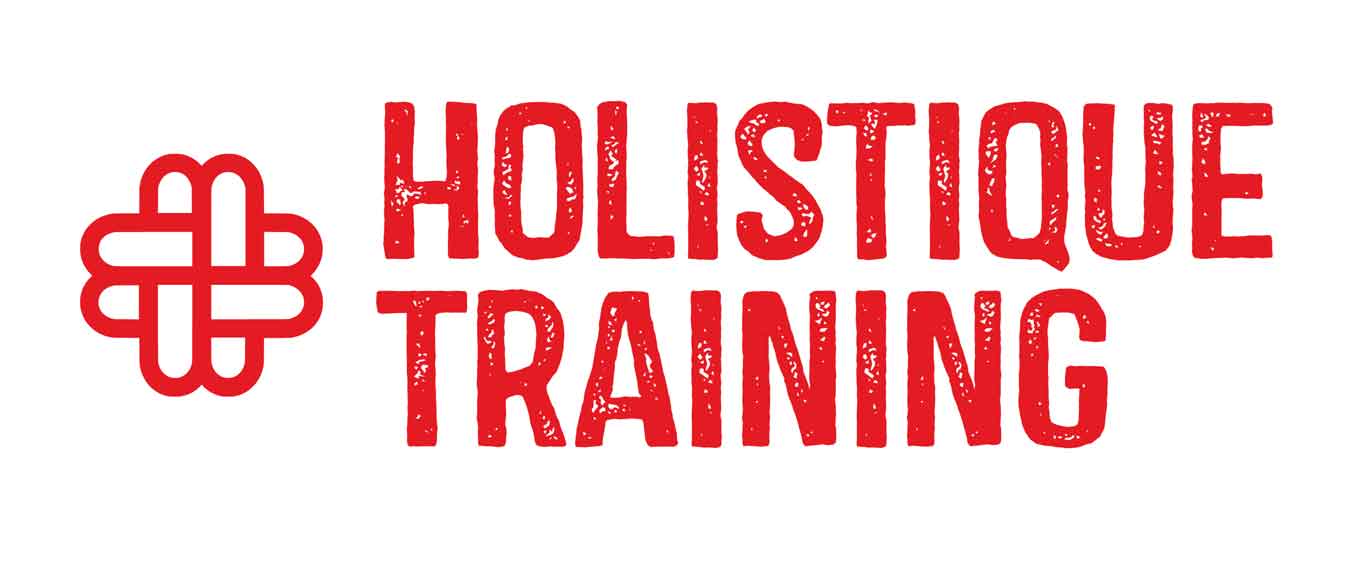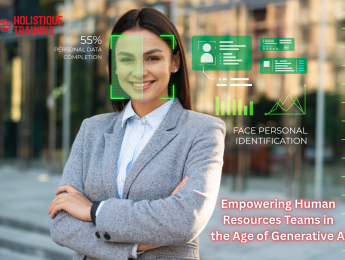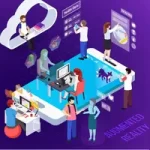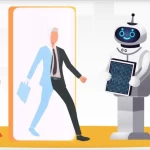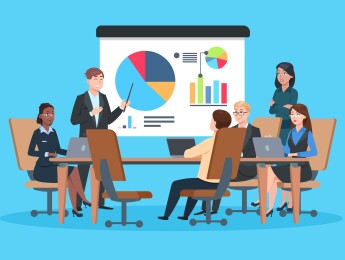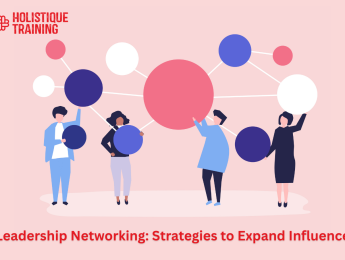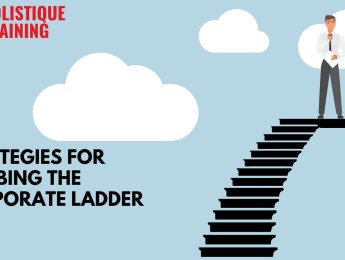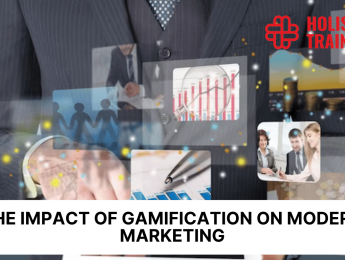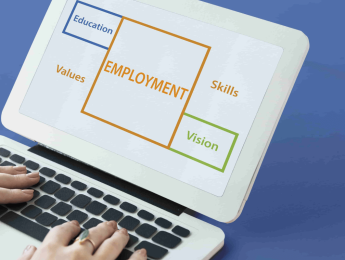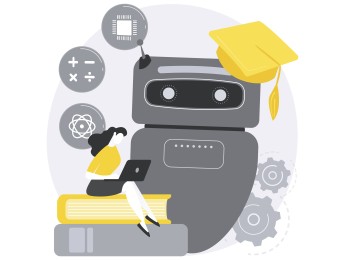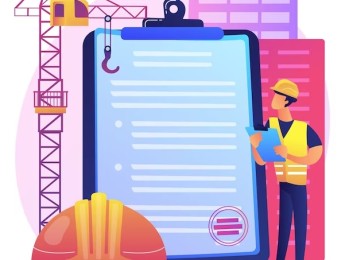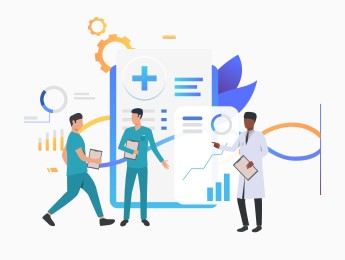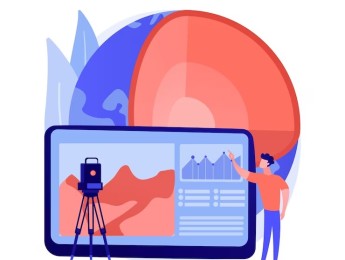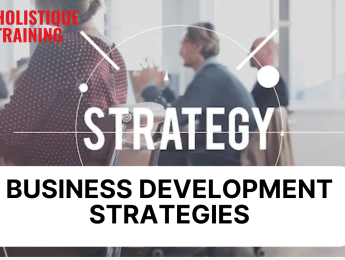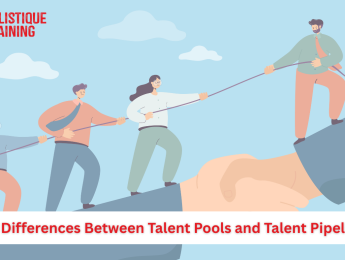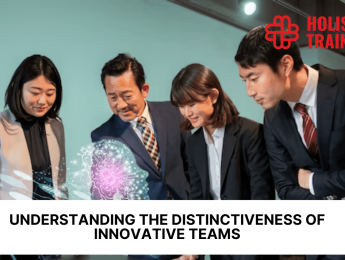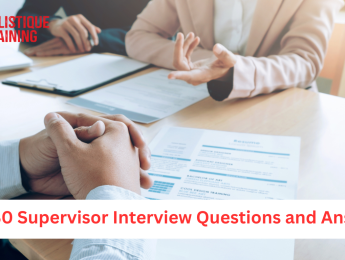- Table of Contents
- 1. Introduction
- 2. Traditional Challenges Faced by HR Teams Before Gen AI
- 1. Overload of Administrative Tasks
- 2. Difficulty Predicting Workforce Needs
- 3. Skill Gap Analysis and Workforce Development
- 4. Limited Real-Time Data Access
- 5. Ineffective Employee Experience Strategies
- 3. How Gen AI Is Transforming HR Functions
- Automated Job Descriptions and Resume Screening
- Smarter Interviews with AI-Powered Insights
- Rapid Performance Reporting and Analytics
- 4. Empowering HR Teams: Skills to Master in the Gen AI Era
- 1. Data Analysis and Algorithm Understanding
- 2. Human-Centered Communication
- 3. Ethical AI Use and Fairness
- 4. Prompt Engineering and AI Collaboration
- 5. Change Management and Tech Adoption
- 6. Continuous Learning and Upskilling
- 5. Gen AI Tools Empowering HR Departments
- 6. Ethical Concerns and Risks HR Must Navigate
- 1. Algorithmic Bias and Discrimination
- 2. Data Privacy and Security
- 3. Loss of Human Connection
- 4. Overdependence and Reduced Critical Thinking
- 5. Ethical Use of Surveillance Technologies
- 7. Leadership’s Role in Supporting the AI Transition
- 1. Prioritize Continuous Training
- 2. Foster a Culture of Tech Acceptance
- 3. Allocate Resources for Specialized Tools
- 4. Ensure Cross-Functional Collaboration
- 5. Promote Innovation as a Mindset
- 6. Track and Evaluate Outcomes
- 8. The Future of HR: A Human-AI Collaboration Model
- 9. Conclusion
Introduction
In recent years, the rapid evolution of artificial intelligence (AI) has introduced a groundbreaking subfield: Generative AI (Gen AI). Unlike traditional AI, which relies on rule-based algorithms to process tasks, Gen AI is capable of creating new content — whether it's text, images, or data simulations — through deep learning and natural language processing. Popularized by tools such as ChatGPT and DALL·E, Gen AI is no longer confined to experimental research or niche industries; it is transforming how businesses operate across the board.
One of the most promising domains for Gen AI integration is Human Resources (HR). Traditionally perceived as an administrative-heavy department, HR is now on the verge of a technological revolution. From automating tedious tasks to enhancing decision-making, Gen AI is being adopted by HR teams globally to streamline operations, improve talent management, and empower workforce strategies.
In this article, we will explore how Gen AI is reshaping HR practices, beginning with the longstanding challenges that HR departments have faced. We will then delve into how Gen AI is resolving many of these obstacles, examine the key skills HR professionals need to thrive in this new era, and showcase practical tools currently in use. Furthermore, we will address ethical concerns and the responsibilities of leadership in supporting this transition. Finally, we’ll reflect on what the future holds for HR professionals and why the collaboration between humans and AI is not a threat but an opportunity for meaningful transformation.
Traditional Challenges Faced by HR Teams Before Gen AI
1. Overload of Administrative Tasks
HR departments have traditionally been bogged down by repetitive administrative duties — onboarding paperwork, benefits administration, and compliance documentation. A survey by Deloitte revealed that HR professionals spend nearly 60% of their time on transactional tasks, leaving little room for strategic work.
2. Difficulty Predicting Workforce Needs
Predicting hiring needs and workforce trends has always been a challenge. Many HR teams rely on outdated models or subjective intuition. This leads to under- or over-hiring, which affects organizational efficiency and budget. According to the Society for Human Resource Management (SHRM), only 36% of HR leaders feel confident in their workforce planning processes.
3. Skill Gap Analysis and Workforce Development
Identifying skill gaps within an organization requires access to clean data and advanced analytics, both of which many HR departments lack. Without precise gap analysis, training investments may be misplaced, leading to underdeveloped teams and wasted resources.
4. Limited Real-Time Data Access
Traditional HR systems are often siloed, lacking integration with real-time data sources. This hinders the ability to make timely decisions regarding performance management, engagement strategies, or attrition risks.
5. Ineffective Employee Experience Strategies
Despite increasing emphasis on employee well-being, HR teams often struggle to personalize engagement due to the lack of scalable, data-driven tools. One-size-fits-all initiatives frequently fail to meet the diverse needs of employees, contributing to lower retention rates.
How Gen AI Is Transforming HR Functions
Generative AI introduces a range of capabilities that automate, accelerate, and enhance key HR processes. Its ability to generate tailored content, analyze large volumes of data, and support decision-making is reshaping the HR landscape.
Automated Job Descriptions and Resume Screening
One of the most time-consuming HR tasks — drafting job descriptions — can now be automated with Gen AI. Platforms integrated with ChatGPT or similar models generate role-specific, inclusive job descriptions that align with employer branding. Additionally, resume screening powered by Gen AI enables rapid comparison of candidate profiles with job requirements, minimizing bias and enhancing accuracy.
Smarter Interviews with AI-Powered Insights
AI is transforming interviews through smart question generation and scenario modeling. Tools like HireVue use video interviews analyzed by Gen AI to evaluate candidate responses, facial expressions, and tone of voice, offering a deeper understanding of candidate fit beyond just credentials.
Rapid Performance Reporting and Analytics
Performance management is evolving with the help of Gen AI. Instead of manually tracking KPIs, AI-driven dashboards synthesize performance data and generate insights into productivity, engagement, and areas for improvement. This facilitates real-time feedback loops and agile workforce development.
Traditional HR Task | Gen AI Transformation |
Job description writing | AI-generated, inclusive, and role-specific descriptions |
Resume screening | Automated, bias-reduced filtering |
Interview support | Custom questions and scenario simulations |
Performance review | Real-time analytics and AI-synthesized insights |
Empowering HR Teams: Skills to Master in the Gen AI Era
1. Data Analysis and Algorithm Understanding
HR professionals must become proficient in data interpretation and develop a foundational understanding of how AI models function. This includes grasping basic statistics, recognizing algorithmic outputs, and identifying data biases. Online courses such as Google’s Data Analytics Certificate can serve as a stepping stone.
2. Human-Centered Communication
Even in a tech-driven world, the essence of HR lies in empathy and emotional intelligence. Maintaining a human-centered approach in communication ensures employees feel heard and valued. HR professionals should refine active listening, cultural sensitivity, and conflict resolution skills.
3. Ethical AI Use and Fairness
Understanding the ethical implications of AI tools is crucial. HR must assess whether tools reinforce biases or violate employee rights. Training in ethical AI principles, such as those outlined by Harvard’s Berkman Klein Center, can help teams evaluate AI solutions critically.
4. Prompt Engineering and AI Collaboration
Working effectively with Gen AI requires knowing how to communicate with it. Crafting effective prompts for tools like ChatGPT or Midjourney is a new and essential skill. Many platforms now offer prompt engineering training tailored for HR and business use.
5. Change Management and Tech Adoption
HR teams play a pivotal role in managing organizational change. As Gen AI adoption rises, HR professionals must lead change initiatives, guide employee transitions, and promote tech-positive workplace cultures.
6. Continuous Learning and Upskilling
The pace of AI innovation demands lifelong learning. HR leaders should foster a culture of upskilling by attending AI bootcamps, reading AI thought leadership, and encouraging team participation in learning platforms like Coursera, Udemy or Holistique Training.
Gen AI Tools Empowering HR Departments
Generative AI is not a single tool but a growing ecosystem of solutions that support various HR functions. These tools are designed to simplify communication, enhance hiring accuracy, and automate internal content creation.
For example, ChatGPT can generate formal communication templates such as job offers, rejection letters, or employee policy updates. HireVue employs AI to assess video interviews, providing recruiters with data-backed evaluations. Additionally, tools like Notion AI and Writer.com help generate internal content — employee handbooks, onboarding guides, or welcome messages — aligned with company culture and tone.
Tool | Use Case | Functionality |
ChatGPT | HR communication, policy drafting | Natural language generation, tone customization |
HireVue | Candidate screening and video interview analysis | Facial analysis, response rating, scenario modeling |
Notion AI | Internal documentation and HR knowledge bases | Content generation, formatting, collaboration |
Lattice + AI | Employee engagement and performance analytics | Real-time dashboards, AI-driven recommendations |
Textio | Inclusive job description writing | Bias detection, tone analysis, optimization suggestions |
These tools streamline operations while enabling personalization and consistency across HR practices.
Ethical Concerns and Risks HR Must Navigate
1. Algorithmic Bias and Discrimination
AI systems are only as objective as the data they are trained on. Historical hiring patterns may introduce bias, favoring specific genders, races, or educational backgrounds. A study from MIT found that AI-based resume screeners were 20% more likely to favor male candidates in tech roles.
2. Data Privacy and Security
AI systems process vast amounts of personal information. Without robust data governance, there's a risk of exposing sensitive employee data. GDPR and local privacy laws must be carefully observed when implementing AI in HR.
3. Loss of Human Connection
Over-reliance on AI can lead to the dehumanization of employee interactions, especially during critical moments like grievances or exits. HR must balance automation with empathy and human engagement.
4. Overdependence and Reduced Critical Thinking
HR professionals may become too dependent on AI suggestions, overlooking their own judgment and expertise. It’s vital to treat AI as an assistant, not a decision-maker.
5. Ethical Use of Surveillance Technologies
AI-driven monitoring tools that track employee behavior or productivity raise ethical concerns about workplace surveillance. Transparency and consent are key to avoiding mistrust and legal repercussions.
Each of these concerns demands clear ethical guidelines, transparent AI governance policies, and continuous oversight by HR and legal teams.
Leadership’s Role in Supporting the AI Transition
The success of AI integration in HR hinges on executive and departmental leadership.
1. Prioritize Continuous Training
Leadership must invest in regular AI training for HR teams. This ensures employees remain competent in using evolving tools and helps prevent resistance due to knowledge gaps.
2. Foster a Culture of Tech Acceptance
Leaders should actively promote digital transformation as a company value. Celebrating early adopters and sharing success stories can accelerate acceptance.
3. Allocate Resources for Specialized Tools
Investing in Gen AI tools specifically designed for HR — rather than generic platforms — ensures better alignment with HR workflows and enhances return on investment.
4. Ensure Cross-Functional Collaboration
AI in HR shouldn’t function in isolation. IT, legal, and data governance teams must collaborate with HR to ensure secure and ethical implementations.
5. Promote Innovation as a Mindset
Leaders must encourage HR teams to experiment, prototype, and iterate AI applications without fear of failure. A safe-to-fail environment promotes agility and innovation.
6. Track and Evaluate Outcomes
Leadership should implement KPIs and feedback loops to monitor AI’s effectiveness. Continuous measurement ensures tools are aligned with business goals and adapted as needed.
Strong leadership is not just about enabling change; it’s about anchoring AI transformation in trust, inclusivity, and long-term strategy.
The Future of HR: A Human-AI Collaboration Model
As Gen AI becomes more sophisticated, the future of HR will be defined not by replacement, but by augmentation. Rather than fearing job loss, HR professionals should embrace the opportunity to elevate their role from administrative support to strategic partnership.
HR is poised to evolve into a central force in organizational innovation. By leveraging AI for data-driven insights and strategic foresight, HR leaders can actively shape company direction, culture, and growth. This transformation requires HR to adopt a new identity — not just as service providers, but as “experience architects” empowered by technology.
The vision is not to replace human judgment with machines, but to create an "HR Augmented" model, where AI handles the heavy lifting of data processing and content creation, while humans focus on empathy, creativity, and ethical leadership.
In this hybrid future, HR departments will serve as liaisons between technological advancement and employee empowerment. As AI continues to evolve, HR will increasingly play a role in ensuring these tools are used in alignment with organizational values and employee rights.
This blend of tech and touch will define the most successful HR teams of tomorrow.
Conclusion
The rise of Generative AI is not a threat to HR — it’s a transformative opportunity. By embracing AI tools, HR professionals can free themselves from administrative burdens, focus on strategic goals, and play a central role in shaping modern workplaces.
Empowered by Gen AI, HR teams can enhance recruitment, personalize employee engagement, and generate performance insights that once required weeks of effort. However, the path forward demands more than tool adoption — it requires a shift in mindset, continuous learning, and a commitment to ethics and empathy.
To those in HR: don’t view AI as competition. View it as a collaborator. Use it to amplify your humanity, not replace it. Approach it with a critical mind and an innovative spirit.
Ready to lead the future of work?
Subscribe to our newsletter for the latest updates on HR innovation, and explore our AI for HR professionals course to future-proof your skills.
